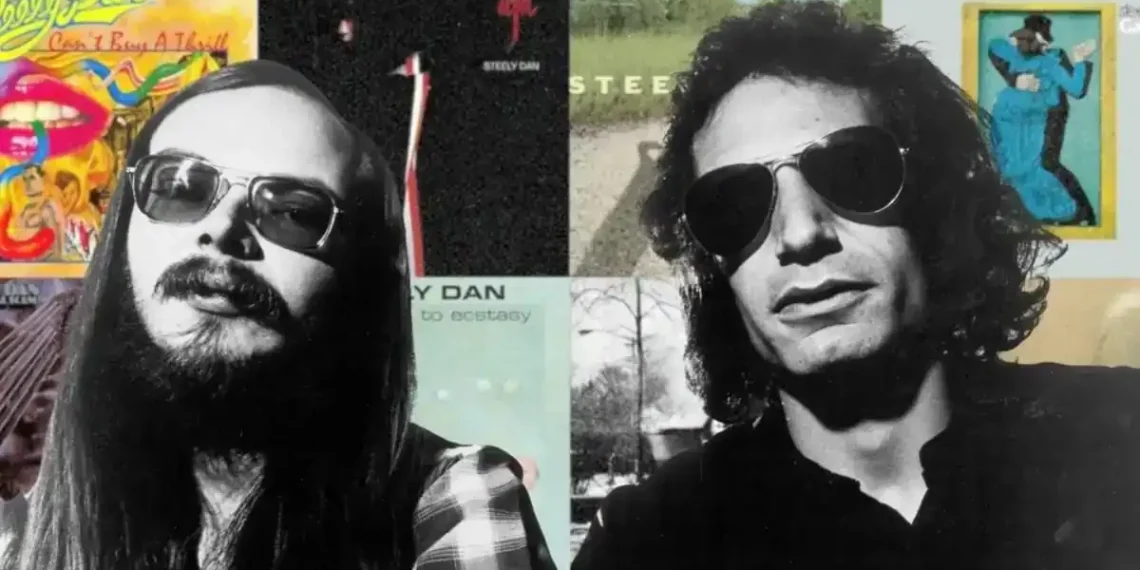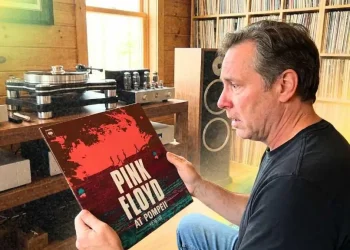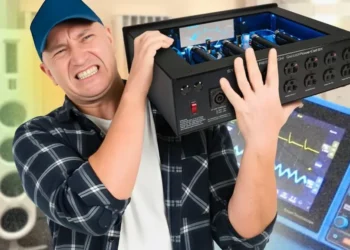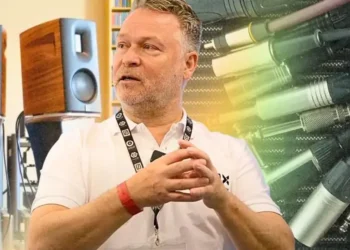Why Steely Dan Still Reigns Supreme Among Audiophiles
If you ask any audiophile to name a record that can expose both the beauty and the flaws of a sound system, Aja by Steely Dan is almost guaranteed to come up. It’s been that way for decades.
But what makes Aja and other Steely Dan records so enduring isn’t just the music — it’s the obsessive, groundbreaking way those albums were made. Behind the band’s ultra-clean sound lies a recording process so meticulous that most artists wouldn’t have survived it. This is the untold story of how Steely Dan became the gold standard for high-fidelity listening — and why their records still matter today.
The Perfectionist Roots of Steely Dan’s Sound
Steely Dan’s journey toward sonic perfection started in 1971 at ABC Studios, where Donald Fagen and Walter Becker teamed up with Roger Nichols, a former nuclear physicist turned recording engineer. That unlikely trio bonded quickly — not just over music, but over their shared love of detail.
“We’re all perfectionists,” Nichols said in an interview with Metal Leg. “Especially Walter — he had quad electrostatic speakers and the latest tonearm at home. In my own way, I’m just as crazy as they are.”
From the very beginning, every part of their process was intentional. They tweaked mic placements millimeter by millimeter. They analyzed every sound. They chased a level of fidelity that wasn’t just about clarity — it was about feeling.
That mindset came into focus while mixing “King of the World” from Countdown to Ecstasy. Nichols had crafted what he thought was the perfect mix: clean, balanced, technically flawless. But when they listened back, something felt off.
“You could hear everything, but you couldn’t hear anything,” Nichols said. “Like sonic wallpaper.”
So they ditched it and went back to a slightly rougher mix — one that felt right. That moment was a turning point. From then on, perfection wasn’t just about precision — it was about emotion.
Why Steely Dan Refused to “Fix It in the Mix”
In the 1970s, most producers recorded first and cleaned things up later with EQ, compression, and effects. Not Steely Dan.
“When we were recording, we didn’t use anything,” Nichols explained. “Instead of using EQ on the board to change a drum sound, we’d bring in 52 different kick or snare drums until we got the sound we wanted.”
They believed that if something didn’t sound right before it hit the tape, no amount of post-production could truly fix it. That’s why they refused to use “bouncing” — a common studio shortcut that combined tracks to save space but degraded audio quality.
“Bouncing is a generation down,” Nichols said. “And you can hear the difference — no matter how good the machine is.”
When Perfection Goes Too Far
Their commitment to purity sometimes had painful consequences.
Steely Dan didn’t even make backup copies of their master tapes, fearing that any duplication would degrade the sound. During the sessions for Gaucho, that decision backfired spectacularly when a studio tech accidentally erased a track called “The Second Arrangement” — a song Nichols called the best on the album. They tried to re-record it, but the magic was gone.
But setbacks like that didn’t stop them from pushing boundaries. In 1973, when a drummer couldn’t keep time on “Show Biz Kids,” Nichols created a 24-track tape loop to force a steady rhythm. Later, he built a custom digital drum sampler — nicknamed Wendel — to deliver perfect timing on “Hey Nineteen.” This was years before digital sampling became industry standard.
That relentless innovation earned Nichols multiple Grammys for Best Engineered Album — including wins for Aja and Gaucho.
The Musical Olympics: Inside a Steely Dan Studio Session
Working with Steely Dan wasn’t for the faint of heart. They hired only the best session musicians — then pushed them harder than anyone else.
“It’s like the musical Olympics,” Nichols once said. “They’ll push someone 10% beyond their limits — and they usually rise to the challenge.”
Take the song Peg, for example. Eight guitarists tried and failed to nail the solo until Jay Graydon finally delivered the one Becker and Fagen had been hearing in their heads all along.
Even the mixing process was grueling. Engineer Elliot Scheiner, who worked on Gaucho, recalled spending an entire night splicing together a drum track — hundreds of edits — to create one seamless rhythm section. Fagen would request fader changes as tiny as a quarter dB. They weren’t being difficult — they just knew exactly what they wanted.
“They seem to know what’s going to fill a hole in a chorus that won’t even be recorded for a year,” Nichols marveled.
Why Audiophiles Still Reach for Aja
Released in 1977, Aja is still a favorite among audiophiles because it rewards great gear — and punishes bad setups. Its mixes showcase tight instrument separation, tonal balance, and an uncanny sense of spatial depth.
Good speakers will let you hear the air around the horns. Weak systems will flatten the cymbals and bury the rhythm guitar. The better your setup, the more Aja opens up.
Gaucho (1980) carried that same spirit into the early days of digital production. With tools like Wendel and early digital mixing consoles, the band crafted smoother, even more controlled arrangements. The downside? That level of detail makes the album brutally honest on low-quality gear. But on the right system, it comes alive — layer by subtle layer.
The Legacy of an Obsession
Steely Dan’s music wasn’t just written and performed — it was engineered with almost scientific care. That pursuit of sonic perfection made their albums not only timeless, but also technically unmatched. And decades later, they remain the gold standard for anyone who truly wants to hear what their audio system can do.
Because with Steely Dan, you’re not just listening to a record. You’re listening to an idea, polished to its absolute limit — then played back with purpose.
This article was rewritten by JournosNews.com based on verified reporting from trusted sources. The content has been independently reviewed, fact-checked, and edited for accuracy, neutrality, tone, and global readability in accordance with Google News and AdSense standards.
All opinions, quotes, or statements from contributors, experts, or sourced organizations do not necessarily reflect the views of JournosNews.com. JournosNews.com maintains full editorial independence from any external funders, sponsors, or organizations.
Stay informed with JournosNews.com — your trusted source for verified global reporting and in-depth analysis. Follow us on Google News, BlueSky, and X for real-time updates.













